'Beyond Songlines' by Philip Jones
Aboriginal and Torres Strait Islander readers should be aware that this essay contains images or names of people who have since passed away.
This year marks the thirtieth anniversary of the publication of Bruce Chatwin’s The Songlines, one of the most influential books about Australia to reach an international audience. It appeared just months after The Fatal Shore (1986) by Robert Hughes, and a year before the first major international exhibition of Aboriginal art, Dreamings, opened in New York City, at the Asia Society. The Songlines was a best-seller internationally and sold well in Australia too; it has been in print continuously since 1987. Chatwin died barely eighteen months after the book’s release. Indeed, the book’s deviations from its own plot in its second half, and its rather fractured recourse to journal entries reflected Chatwin’s sudden intimation of mortality.
Shortly after Songlines’ release and at the height of its popularity Chatwin was approached by a filmmaker with a suggestion for a documentary, but he demurred on the grounds that it was a work of fiction. This sounds disingenuous, for Chatwin’s books all shifted shape between travel-writing and the novel, fiction and non-fiction. His realisation that several key propositions in Songlines could not be sustained in a documentary seems a more likely explanation. Chatwin’s main anthropological informants in Australia shared similar impressions of his readiness to make five from two and two, and that he would not always let the facts get in the way of a good story. One of Chatwin’s biographers has described the book as a blend of philosophical enquiry and fiction, identifying its structural models as Diderot’s novel Jacques le fataliste et son maître (similarly a narrator in dialogue with enlightened informants), and Plato’s Symposium and The Apology.
This might not matter much were it not for the fact that it has been no light matter to transform popular understandings of Aboriginal culture during the course of Australian history. Chatwin seems to have done that with a single word. It is the word many people turn to when they are asked to account for Aboriginal religion, spiritual belief, or cosmology. The other term most often used is ‘Dreaming’, or its earlier variant, ‘Dreamtime’. What interests me about these terms, and even earlier words or phrases such as ‘walkabout’ or ‘never-never’, is their indeterminate character. They have no solid centre and their definitions remain elusive. The reasons for that are intriguing and they take us into the history of engagement between Aboriginal and European cultures.
Continue reading for only $10 per month. Subscribe and gain full access to Australian Book Review. Already a subscriber? Sign in. If you need assistance, feel free to contact us.



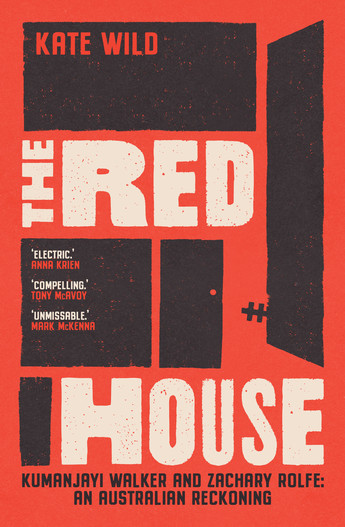
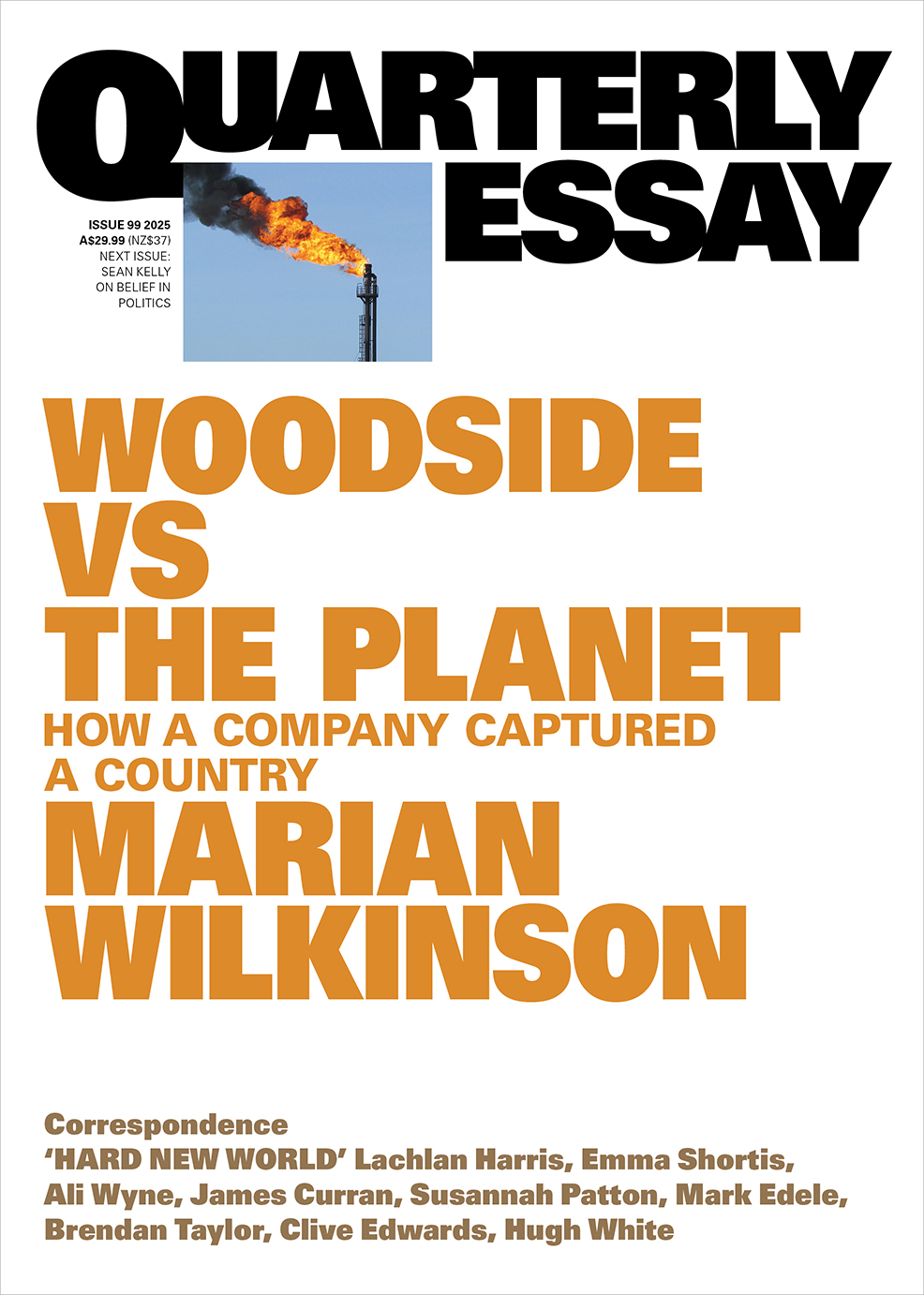
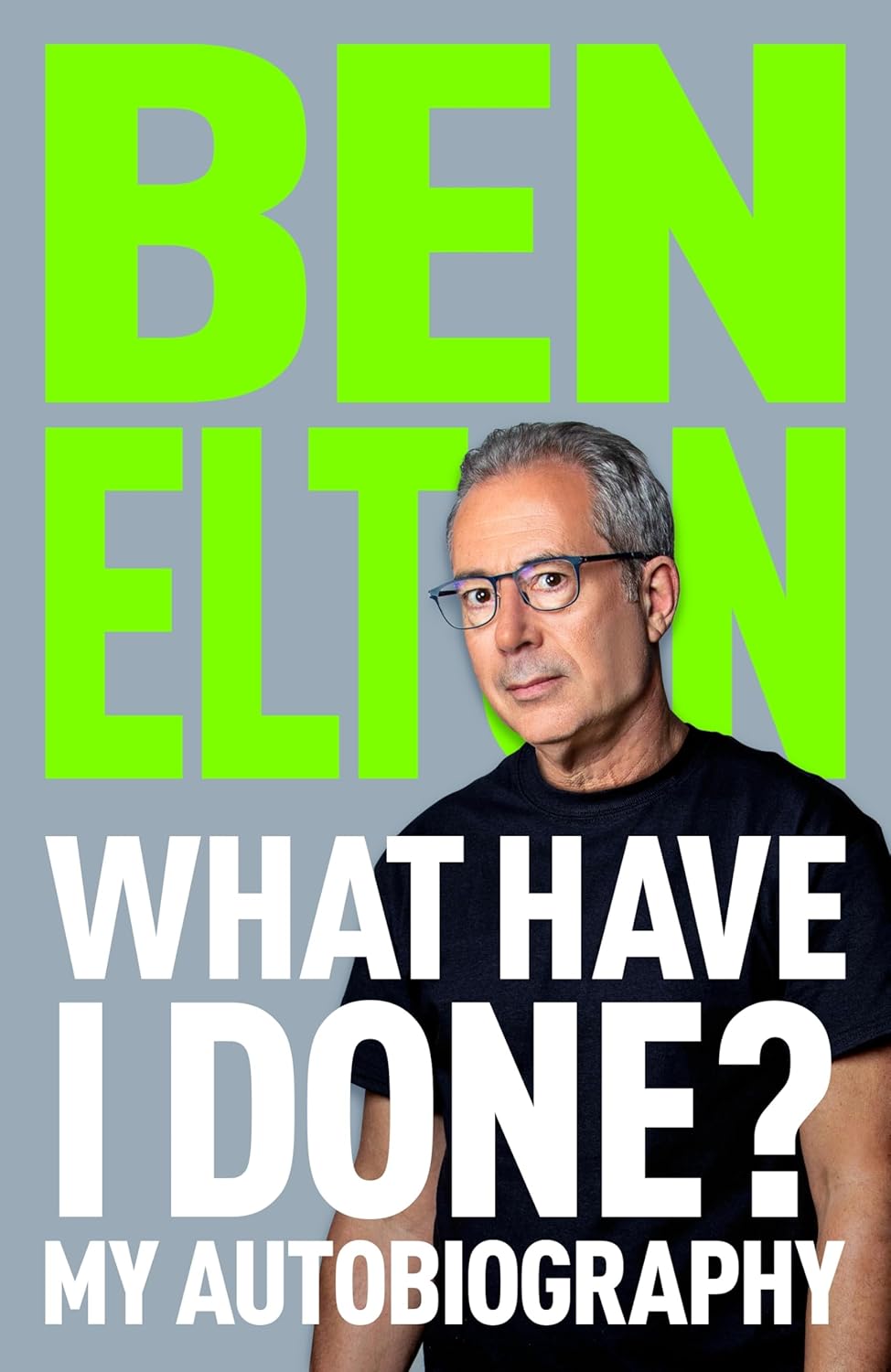
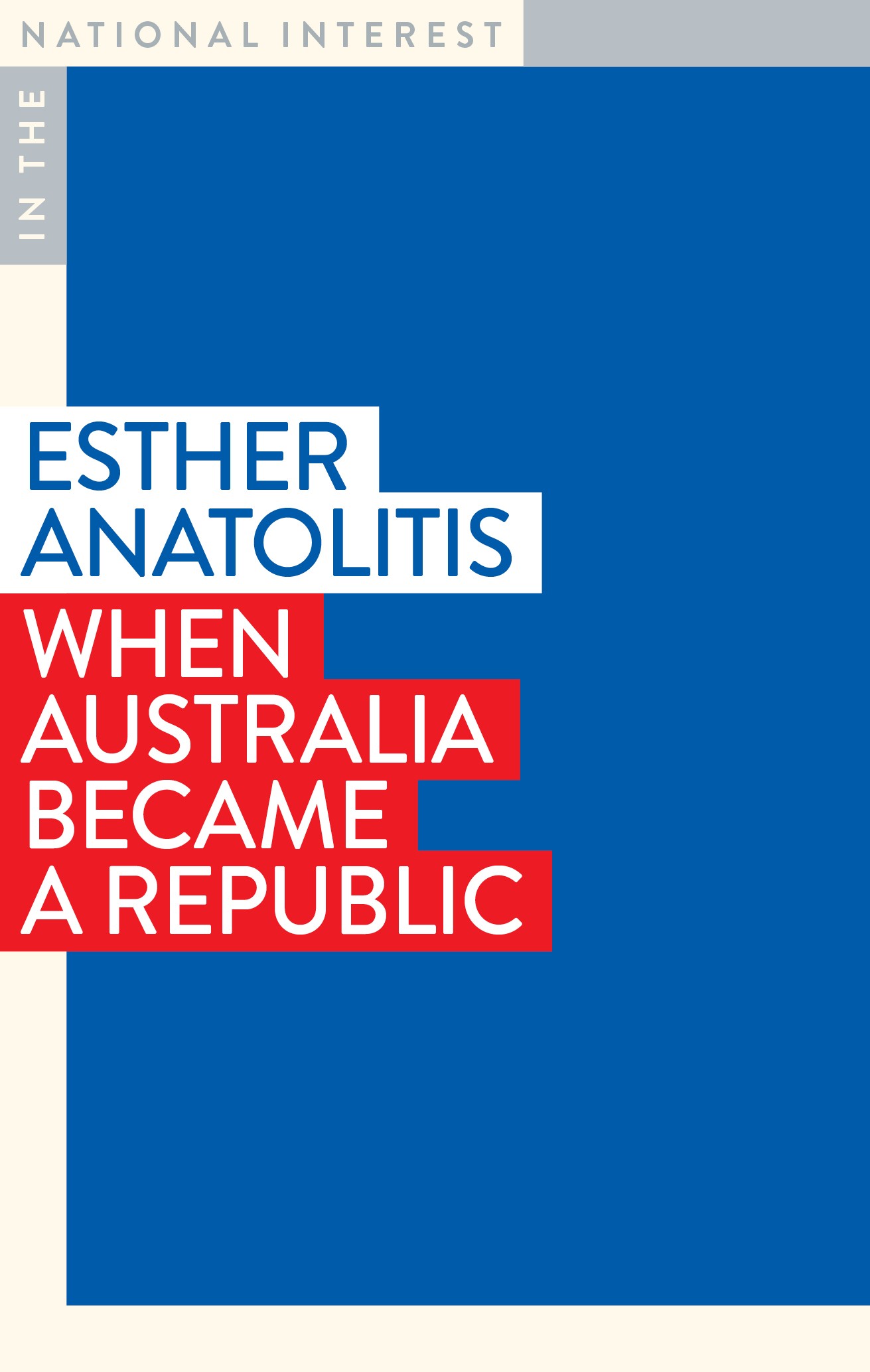

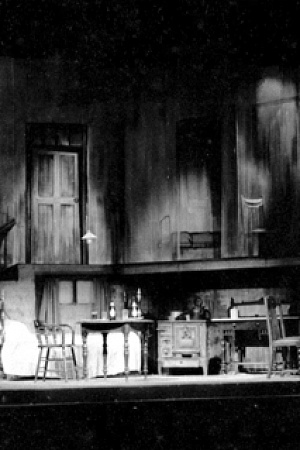

Leave a comment
If you are an ABR subscriber, you will need to sign in to post a comment.
If you have forgotten your sign in details, or if you receive an error message when trying to submit your comment, please email your comment (and the name of the article to which it relates) to ABR Comments. We will review your comment and, subject to approval, we will post it under your name.
Please note that all comments must be approved by ABR and comply with our Terms & Conditions.